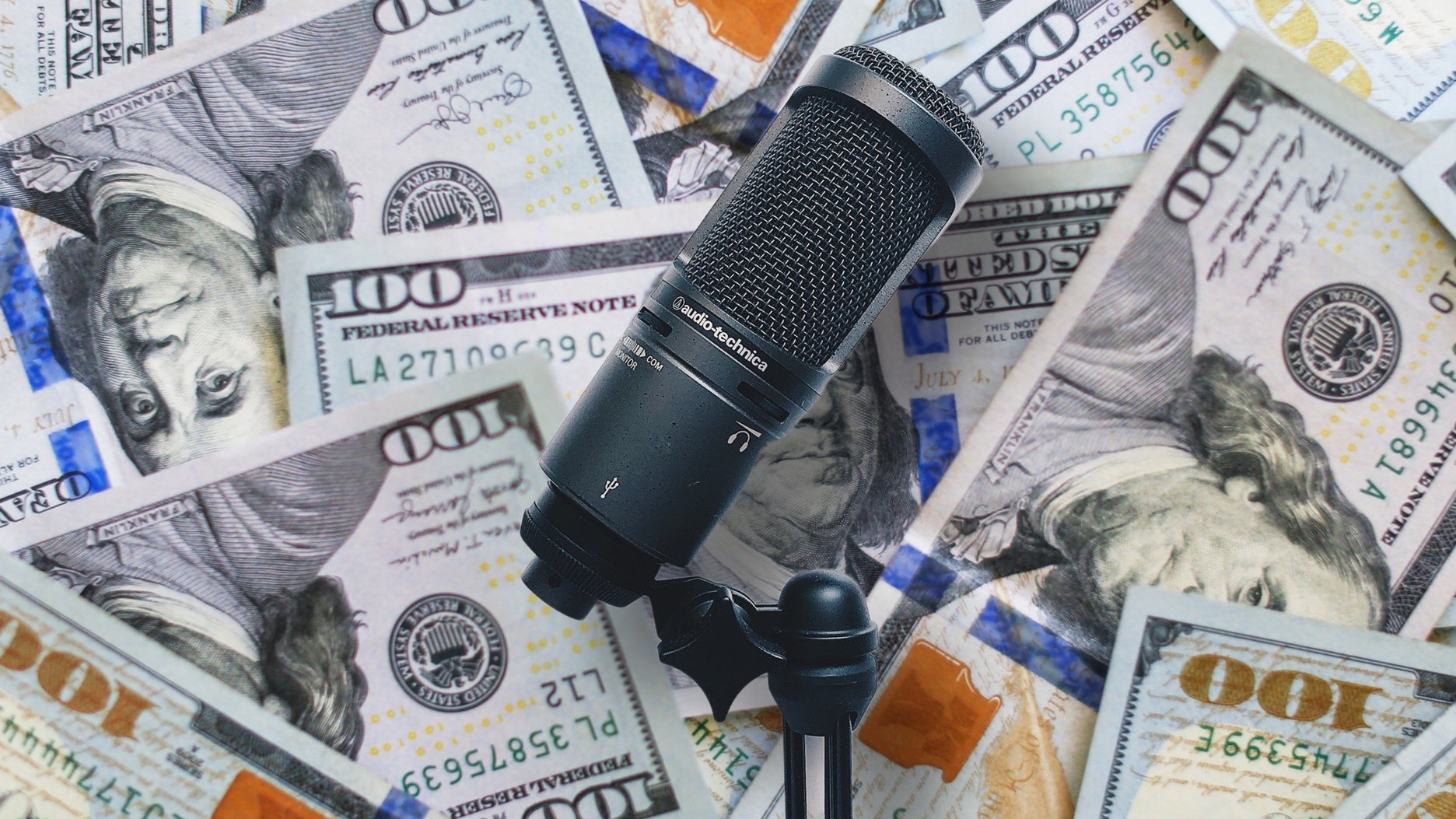Committed podcasters are so often all about the gear. We like to try out new mics, mixers, or USB interfaces. For one thing, it’s a great way to avoid having to prep the next episode or edit the last one.
There’s a lot of hay made about whether you should buy a dynamic microphone or a condenser. Should it have a cardioid pattern? What about noise rejection? Frequency response? These things matter when you’re recording in a treated room. They mean a lot less when you’re being played back in the bath, on the train, or via a smart speaker.
That’s not to say sound doesn’t matter
It absolutely does. There’s science to back up the claim that the better your audio quality, the smarter you sound. But if your job is to show up to the same mic each week, there are simple things you can do to improve your sound, before you shell out for a new mic. And they’re free.
Remove the reverb
Reverb is what happens when sound waves bounce off surfaces and ricochet back. The more reverb you produce, the further away from the listener you sound.
Our goal is to create a connection between us and the listener. We do that by removing anything distracting, and getting as close to the mic as possible.
Get under the covers
I used to record audiobooks, and I achieved consistently high ratings for my performances, and the audio quality. When I started, I was on a Røde NT-1A. It’s not a cheap mic, but it’s meant for capturing lots of sound accurately, not isolating the human voice.
Dynamic mics (like the ones you sing into at karaoke) are better for home studios. But I like condenser mics, because they sound crisper. The Røde NT-1A is that sort of mic, and I was recording in my spare bedroom. That meant lots of hard surfaces for sound to bounce off.
So, I took the quilt from my bed, draped it over myself and my screen, and recorded my audition. And then the entire book.
I have never sounded better. The client loved it, and the audiobook achieved a 4.4 out of 5 for performance.
Keep the noise down!
Whatever you can hear, a mic can pick up three times as much (that’s not a scientific number, just a rule-of-thumb). If you can hear a noise while you’re recording, it’s safe to assume the mic will pick it up. The mic and your audio interface can also pick up things you can’t hear. This could be sound from outside, or electrical buzz from bad cables, line interference or grounding issues.
You can use software to remove regular noise like hissing or buzzing. A better approach is to isolate the source of the noise, and remove it before you record.
Proximity is everything
When you’re in the sub $400 range of microphones, the biggest factor that differentiates one sound from another is distance. The simplest rule of thumb is to be a fist’s distance away from the mic.
I now typically record with a Røde NT-USB. I drop my chair down so I’m at eye-level with the mic, then get right up close to the built-in pop filter.
Why not use a dynamic mic instead of a condenser?
It’s easier to find cheaper condenser mics that sound good, as there’s a lot more variance in dynamic mics. They’re also less flexible in how you can use them. I like that I can use my NT-USB for informal Zoom calls and for podcasts.
The Samson Q2U is an excellent dynamic mic at an affordable price. I found it picked up way more unwanted noise than the Røde, so I switched back.
If you’re on a budget, a USB condenser mic is the better option, as long as you can cut down on the reverb.
Sound matters
Podcast listeners have a higher tolerance for noise than with audiobooks, so don’t feel you have to aim for perfection. But equally don’t fall into the trap of thinking “it’s just a podcast, it doesn’t really matter”. Your audience won’t thank you for crystal clear audio, but they’re more likely to leave if your sound is consistently poor.
No-one can see you
The great thing about audio is that no-one can judge your recording setup. If you find you get the best sound from the cupboard under the stares, that’s your new studio! Just make sure no-one’s going to interrupt your recording to grab their coat.
As long as your recording space is easy to setup and dismantle if it’s not permanent, it really doesn’t matter if it looks silly. A soft, warm-sounding space that’s free of noise will take you much further than a $400 mic.
Consistency. Good for you, good for your listeners
It can be tempting to switch your setup and try new gear. But the more you do that, the more you have to debug later. There’s no shame in sticking with what works, for as long as it works. If you need to feel like you’re switching things up, try new music, a new intro, or a new format.
A new mic won’t make your podcast sound all that different, because it’s all about where the sound waves go. Give them as short a distance to travel, and don’t let them get mixed up with any interference.
Over to you
What’s the biggest thing you’ve changed in your audio setup, aside from your mic? Leave me a comment below.

Add your response